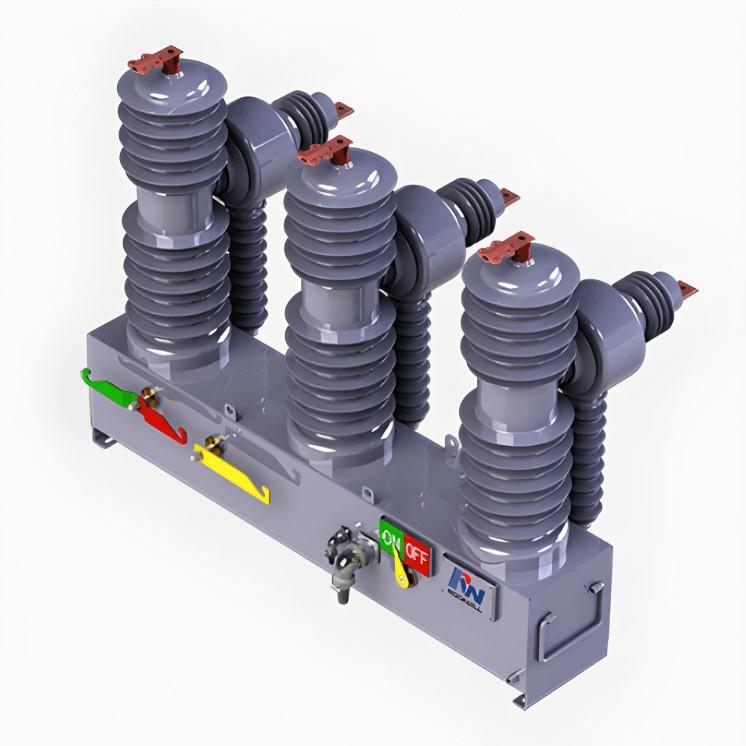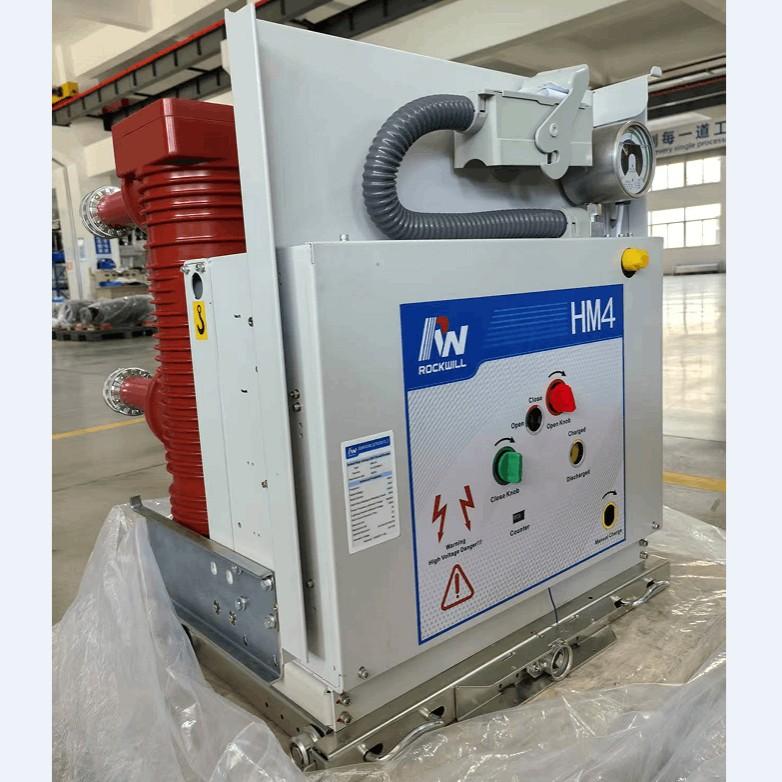- Product
- Suppliers
- Manufacturers
- Solutions
- Free tools
- Knowledges
- Experts
- Communities
Search
-
Gratis tools
-
IEE Business biedt gratis AI-aangedreven tools voor elektrotechnisch ontwerp en budgettering van stroominkoop: voer uw parameters in, klik op berekenen en krijg directe resultaten voor transformatoren, bekabeling, motoren, kosten van elektrische apparatuur en meer — vertrouwd door ingenieurs wereldwijd
-
-
Ondersteuning&Sponsoring
-
IEE-Business ondersteunt toonaangevende oplossingen bedrijven en experts creëert een platform waar innovatie en waarde samenkomenUitstekende technische kennisDeelnemen en technische kennis delen om inkomsten te verdienen van sponsorsUitstekende BedrijfsoplossingenDoe mee en creëer zakelijke oplossingen om inkomsten van sponsors te genererenUitstekende Individuele ExpertsToon je talent aan sponsors en win de toekomst
-
-
Community
-
Bouw uw professionele community opZoek en verbind met branchegenoten, potentiële partners en besluitvormers om uw bedrijf te laten groeien.Uw persoonlijke netwerk uitbreidenMaak verbinding met collega's uit de branche, potentiële partners en besluitvormers om uw groei te versnellenOntdek meer organisatiesVerken doelbedrijven, samenwerkers en branchepartners om nieuwe zakelijke kansen vrij te makenJoin Diverse CommunitiesNeem deel aan onderwerpgerichte discussies, sectoruitwisselingen en het delen van bronnen om uw impact te vergroten
-
-
Samenwerken met ons
Partner
-
-
Deelnemen aan het IEE Business Partner ProgramBedrijfsgroei stimuleren -- Van technische tools tot wereldwijde bedrijfsuitbreiding
-
-
-
Nederlands
-
- English
- Afrikaans
- العربية
- Azərbaycan dili
- български
- বাংলা
- Català
- Cebuano
- čeština
- Dansk
- Deutsch
- Ελληνικά
- Esperanto
- Español
- Eesti keel
- Euskara
- دری
- فارسی
- suomi
- Filipino
- français
- Gaeilge
- Galego
- Hausa
- עברית
- हिन्दी
- Hrvatski
- magyar nyelv
- հայերեն
- Bahasa Indonesia
- Íslenska
- Italiano
- 日本語
- ქართული
- Қазақ тілі
- ಕನ್ನಡ
- 한국어
- Kurdî
- Latina
- Latviešu valoda
- македонски јазик
- Bahasa Melayu
- Malti
- नेपाली
- Nederlands
- Norsk
- ਪੰਜਾਬੀ
- polski
- پښتو
- Português
- Русский язык
- සිංහල
- Slovenščina
- српски језик
- Svenska
- Kiswahili
- தமிழ்
- తెలుగు
- ไทย
- Tagalog
- Türkçe
- українська мова
- اردو
- Oʻzbek tili
- Tiếng Việt
-
Uitstekende Bedrijfsoplossingen
-
Nederlands
-
- English
- Afrikaans
- العربية
- Azərbaycan dili
- български
- বাংলা
- Català
- Cebuano
- čeština
- Dansk
- Deutsch
- Ελληνικά
- Esperanto
- Español
- Eesti keel
- Euskara
- دری
- فارسی
- suomi
- Filipino
- français
- Gaeilge
- Galego
- Hausa
- עברית
- हिन्दी
- Hrvatski
- magyar nyelv
- հայերեն
- Bahasa Indonesia
- Íslenska
- Italiano
- 日本語
- ქართული
- Қазақ тілі
- ಕನ್ನಡ
- 한국어
- Kurdî
- Latina
- Latviešu valoda
- македонски јазик
- Bahasa Melayu
- Malti
- नेपाली
- Nederlands
- Norsk
- ਪੰਜਾਬੀ
- polski
- پښتو
- Português
- Русский язык
- සිංහල
- Slovenščina
- српски језик
- Svenska
- Kiswahili
- தமிழ்
- తెలుగు
- ไทย
- Tagalog
- Türkçe
- українська мова
- اردو
- Oʻzbek tili
- Tiếng Việt
-
Gratis Elektrische Rekenmachines
Uitstekende Bedrijfsoplossingen























